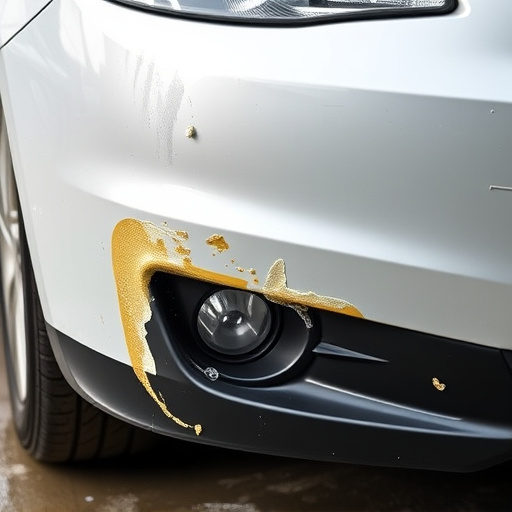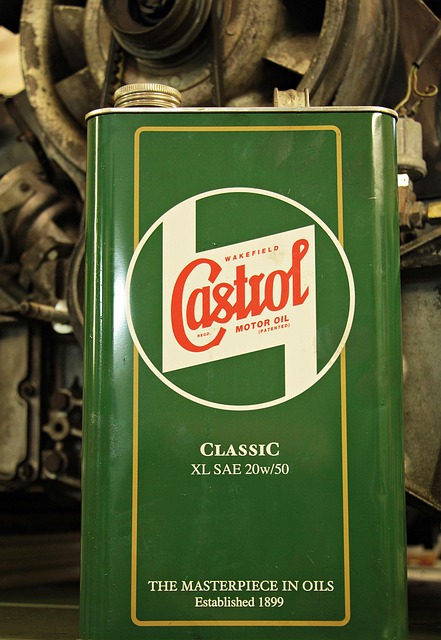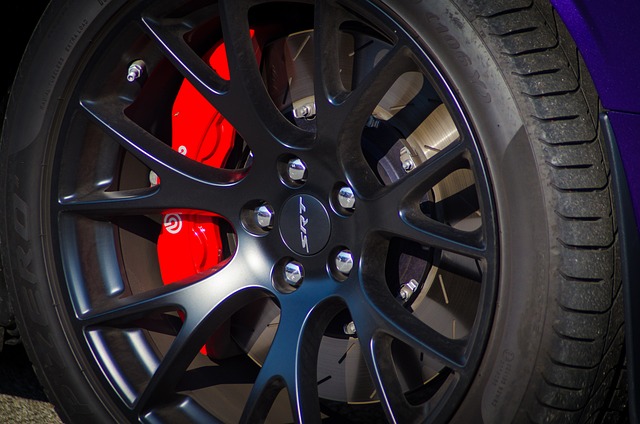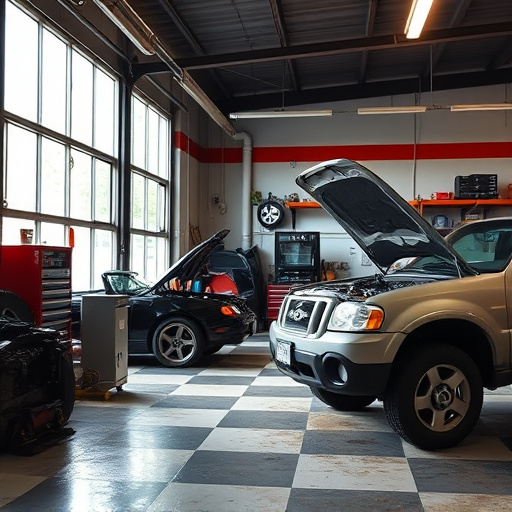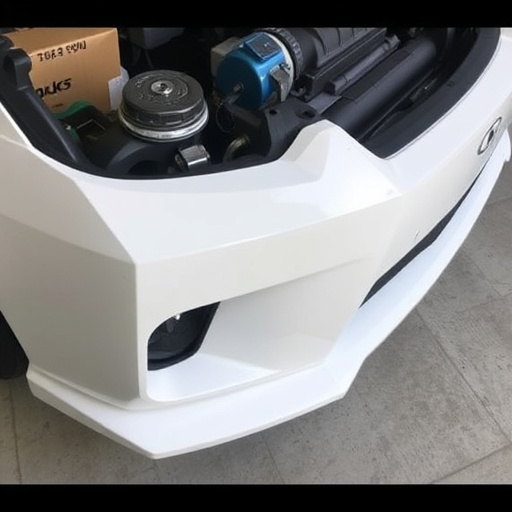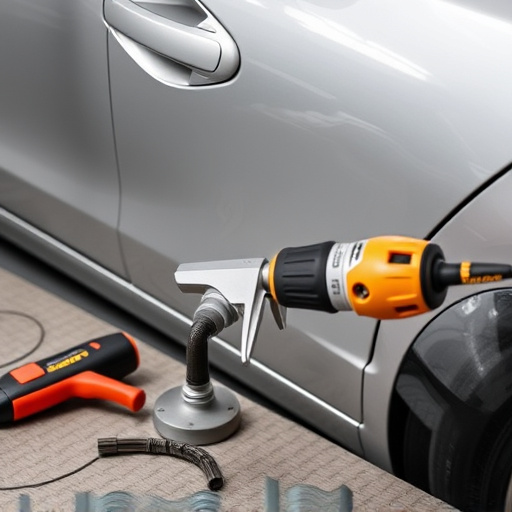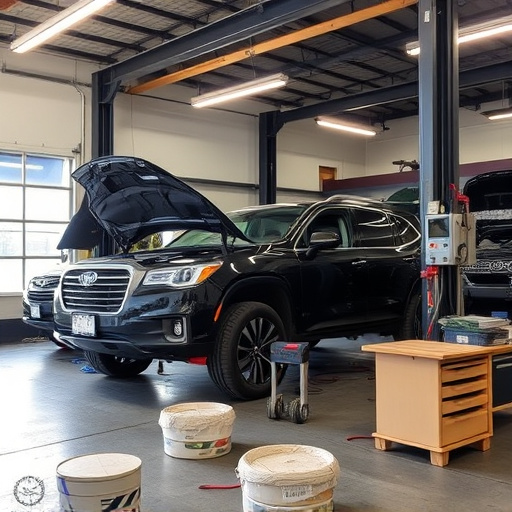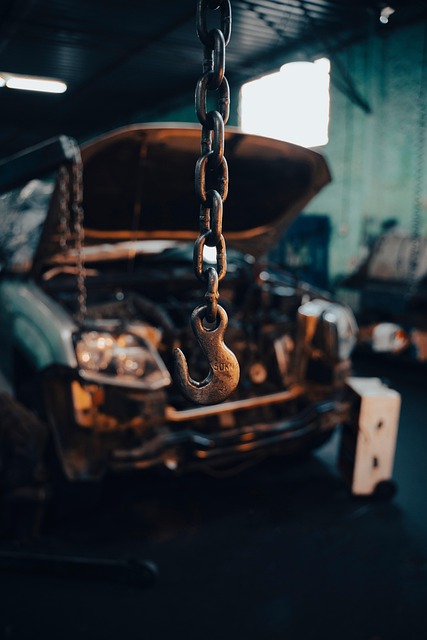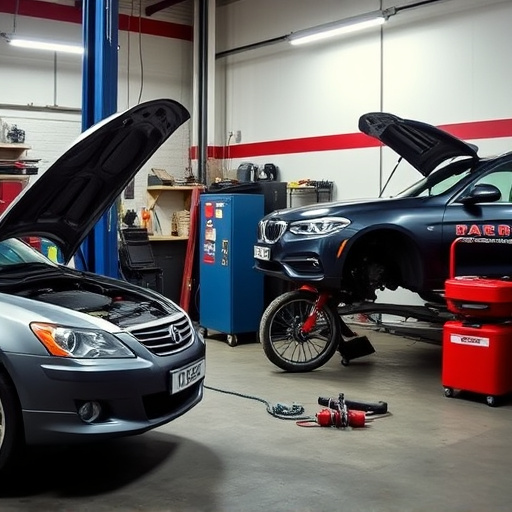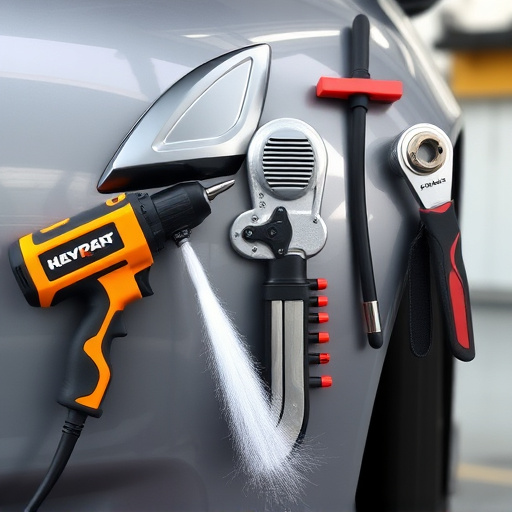The manual and inefficient dashboard repair collision process, lacking standardization and digital solutions, hinders auto centers from meeting OEM standards, customer expectations, and industry trends. Embracing technology, including CAD systems, online platforms, AI-driven diagnostics, 3D printing, VR training, IoT devices, and real-time analytics, revolutionizes the sector by accelerating repair speed, enhancing quality, reducing errors, minimizing material waste, streamlining insurance claims, and fostering environmental sustainability, ultimately boosting customer satisfaction in dashboard repair collision services.
In today’s digital age, the automotive industry is undergoing a transformation with technology playing a pivotal role. This article explores how leveraging advanced tools and systems can revolutionize dashboard repair collision processes. By examining the current state of dashboard repair, we uncover inefficiencies and present innovative solutions to streamline and enhance productivity. We delve into successful implementation strategies and discuss future prospects, setting a new standard for dashboard repair collision efficiency.
- The Current State of Dashboard Repair Processes
- Leveraging Technology for Efficient Collision Repair
- Measuring Success and Future Prospects in Dashboard Repair Using Tech
The Current State of Dashboard Repair Processes
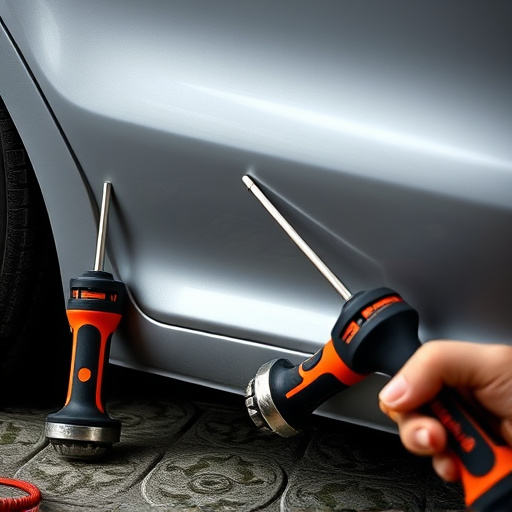
The current state of dashboard repair processes in auto collision centers is largely manual and time-consuming. Traditional methods involve meticulous handwork for every step, from assessing damage to replacing parts. Technicians rely on experience and physical tools, which can lead to inconsistencies in repair quality. This process isn’t just inefficient; it also leaves room for human error, resulting in subpar repairs that may not meet original equipment manufacturer (OEM) standards.
Furthermore, the absence of digital solutions means that data related to dashboard repair collision efficiency is often scattered and unstructured. Without centralized tracking systems, centers struggle to measure performance, identify recurring issues, or optimize their workflows. This hampers their ability to continuously improve and adapt to evolving industry standards and customer expectations, such as those demanding swift and precise car scratch repair or dent removal services.
Leveraging Technology for Efficient Collision Repair
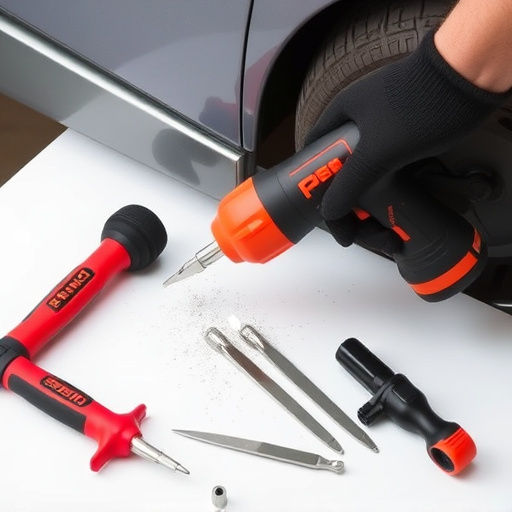
Leveraging technology has revolutionized the landscape of dashboard repair collision services. Advanced tools and software enable auto body repair technicians to navigate complex repairs with precision and efficiency. From computer-aided design (CAD) systems that provide accurate measurements for dent removal, to online platforms facilitating communication between customers and car repair services, technology is streamlining every step of the process.
These innovations not only enhance the speed and quality of dashboard repair but also reduce costs. Real-time data sharing ensures better coordination among team members, minimizing errors and rework. Moreover, digital documentation simplifies insurance claims, making it easier for customers to access their auto body repair services and ensuring a smoother overall experience.
Measuring Success and Future Prospects in Dashboard Repair Using Tech
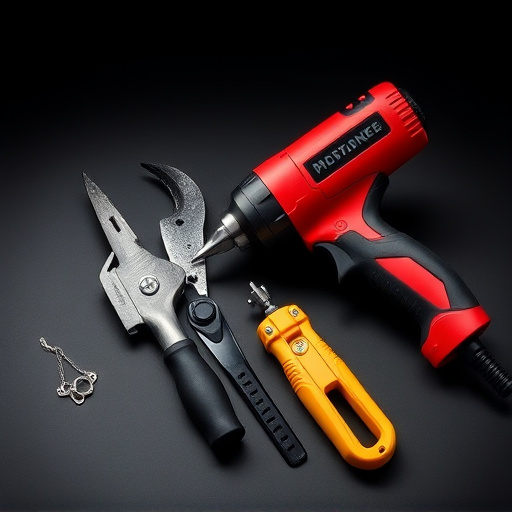
Measuring success in dashboard repair collision efficiency involves a multifaceted approach. Key performance indicators (KPIs) should include reduced repair time, minimized material waste, and higher customer satisfaction scores. Advanced technologies like AI-driven diagnostics can significantly enhance accuracy and speed in identifying issues, leading to more efficient repairs. For instance, 3D printing can be utilized for precise part replacements, while virtual reality (VR) training ensures technicians stay adept at the latest repair techniques.
Looking ahead, the future of dashboard repair holds immense potential with emerging technologies. Car scratch repair and auto body shop processes can become more streamlined through AI and machine learning, predicting common issues and suggesting proactive solutions. This could lead to faster turnaround times and reduced costs. As car body repair techniques evolve, integration with IoT devices and real-time data analytics will enable even greater precision and adaptability, shaping a future where repairs are not just efficient but also environmentally sustainable.
The integration of technology into dashboard repair processes has the potential to revolutionize the automotive industry. By leveraging digital tools, augmented reality (AR), and data analytics, collision repair shops can streamline their operations, reduce costs, and improve efficiency. Measuring success through key performance indicators (KPIs) and customer satisfaction shows a promising future for tech-enhanced dashboard repair, where precision, speed, and sustainability converge. As the industry evolves, embracing innovation will be crucial to staying competitive in the market.
